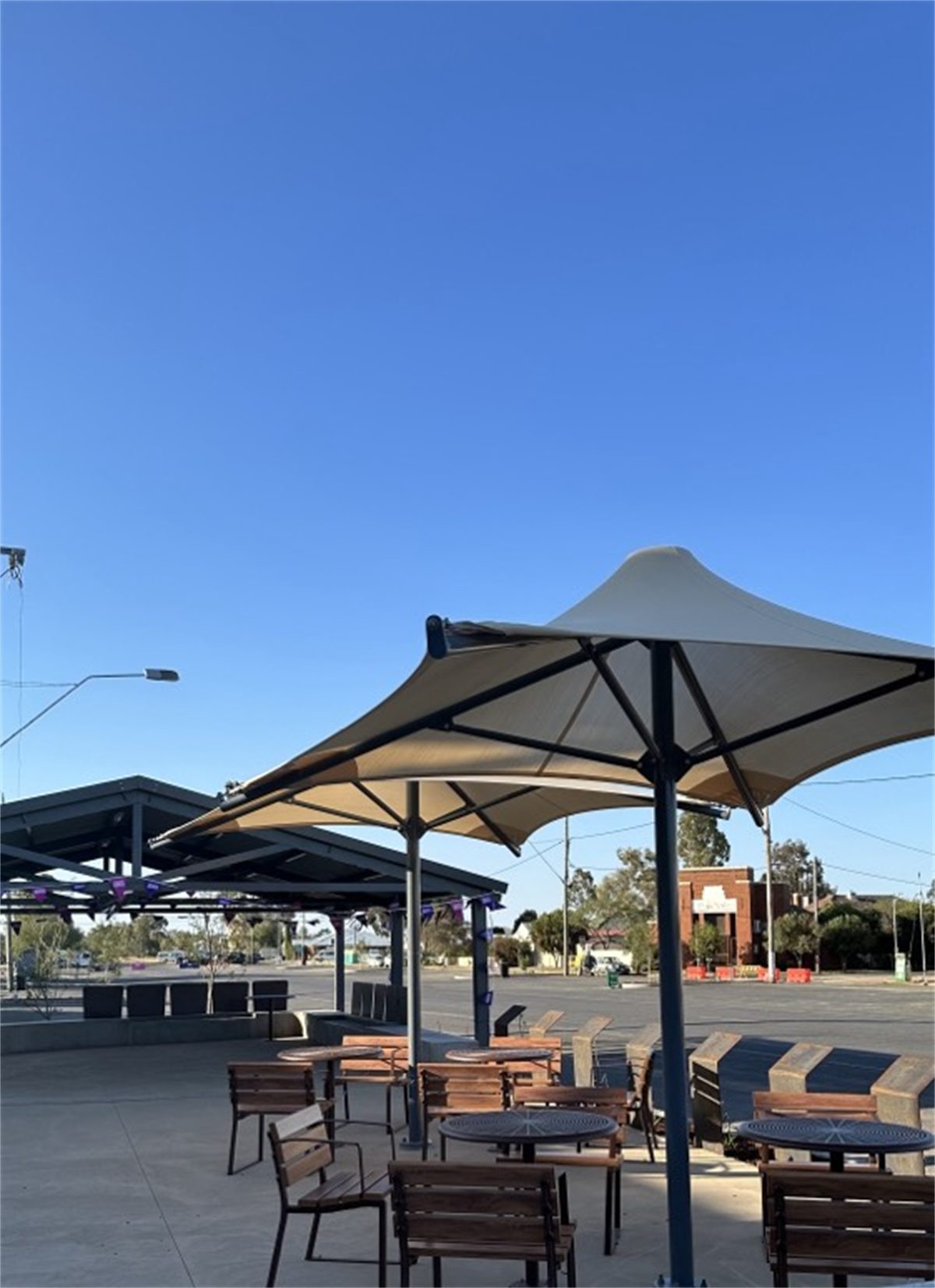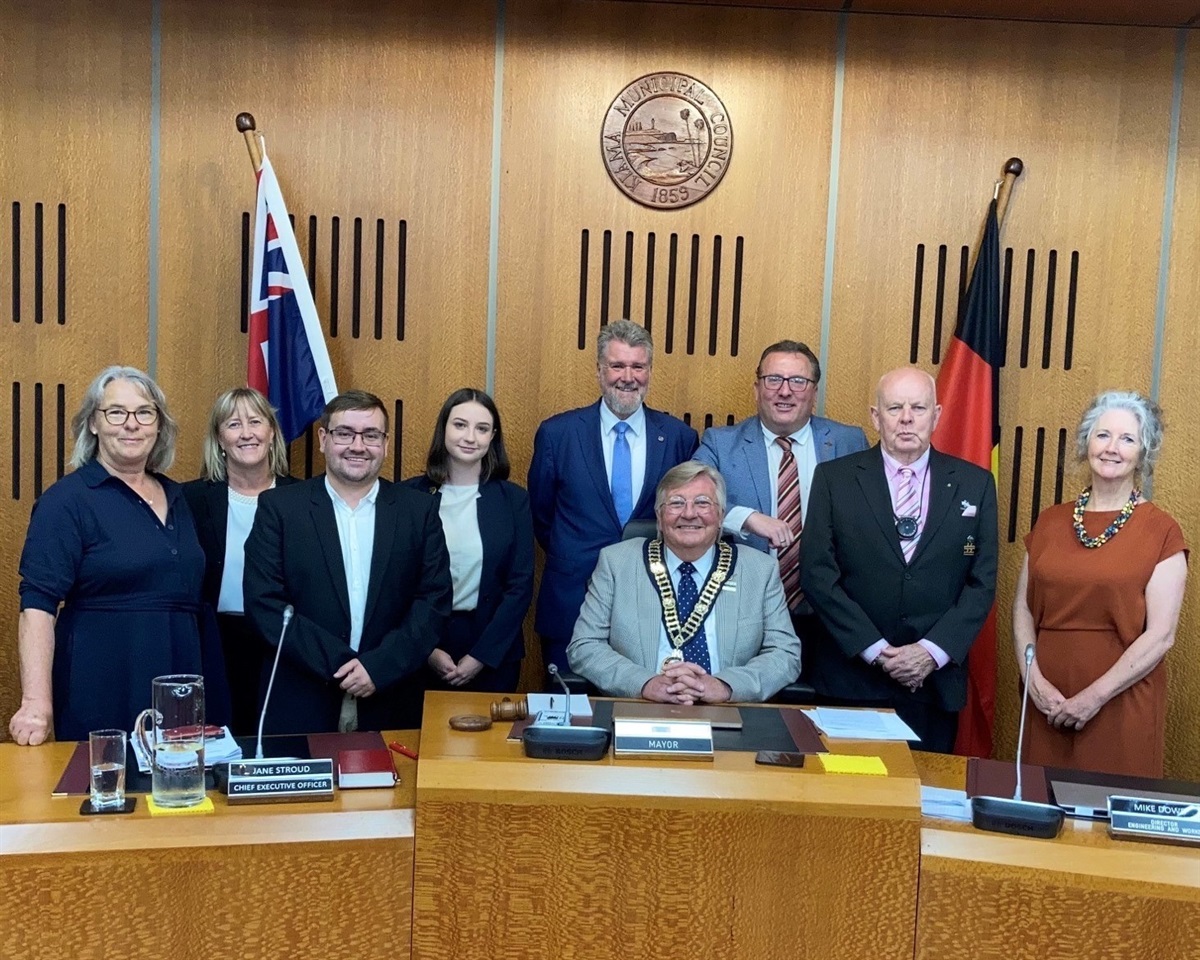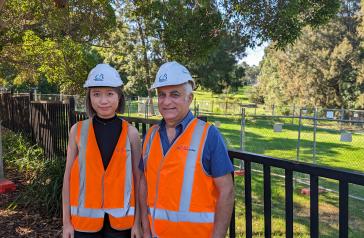AMA President, Dr Tony Bartone, said today that if the Pharmacy Guild wants pharmacists to be doctors, then pharmacists should spend 10 to 15 years studying for a medical degree.
Dr Bartone was responding to the release of a Pharmacy Guild policy paper – Community Pharmacies: Part of the Solution – which proposes that pharmacists move way beyond their scope of practice to perform specialised roles currently undertaken by GPs.
Dr Bartone said that patients and communities receive the highest quality health care when health professionals work as a team within their respective scopes of practice.
“Patient care suffers, and health and lives are put at risk, when there is fragmentation of health care and the loss of continuity of quality health care,” Dr Bartone said.
“GPs study and train for more than a decade to provide quality holistic care for individuals and families through all stages of life.
“The Guild claims that a pharmacist’s ‘half a decade training prior to being registered’ is sufficient to practise as a doctor, with all the complexity and specialised skills and knowledge that entails. This is simply not true or possible.
“I do not think that busy, dedicated community pharmacists – who work daily in a collaborative partnership with local GPs, hospitals, and other health professionals in towns and suburbs across the country – would agree with the Guild’s push for pharmacists to take over the work of doctors.
“The collaborative relationship between local GPs and pharmacists works well, and should not be eroded.
“GPs know the medical histories of their patients and their families. The enduring long-term and trusted doctor-patient relationship is at the core of safe, high-quality health and medical care in Australia.
“Undermining or diluting this relationship, as the Pharmacy Guild is proposing, is irresponsible and dangerous,” Dr Bartone said.
Dr Bartone said the Pharmacy Guild’s policy paper is clearly a stunt to take the focus off the Guild’s frantic lobbying of the Government over the next Pharmacy Agreement and the controversial location rules, and the threats being posed by Chemist Warehouse, other pharmacy retail chains, and the big grocery chains.
“The Guild should be focused on the interests of its members and individual pharmacists, not looking to make profits from usurping the roles of other health professions,” Dr Bartone said.
“The Guild’s policy paper will no doubt be discussed at the meeting of the AMA Federal Council later this week in Canberra.”
Background – some key factual points to clarify some inaccuracies/misinformation in the Pharmacy Guild’s policy paper and media release:
- Medical practices all around Australia have provisions for providing urgent care to their patients. Many practices keep “book on the day” appointments for urgent attendances or will fit patients in when required. Patients may have to see another doctor within the practice at short notice, but they do get to see a doctor.
- Medical practices often provide 24/7 availability for accessing a GP either directly through the practice, or by a deputising service after hours.
- The Productivity Commission Report on Government Services highlights that around 75 per cent of patients can get a GP appointment within 24 hours.
- The AMA supports pharmacists to supply and dispense S2 and S3 medicines. Pharmacists also have an important role in assisting patients with medication adherence and education – this is their field of expertise.
- The dangerous part of the Pharmacy Guild proposal is that pharmacists are not trained to assess a health problem or diagnose medical treatments – including medications. Just this month we saw media reports of pharmacists in Queensland over-medicating babies who suffer gastrointestinal problems, including powerful acid suppressants that can be harmful to babies.
- GPs do a great deal more than just give the patient a script in a consultation – they implement preventive care and opportunistic medicine, which will be undermined if pharmacists prescribe.
- Department of Health data shows that 86.1 per cent of GP services were bulk billed in 2017-18. Data also shows that only 4 per cent of people are put off seeing a GP due to cost.
- The health practitioner regulator (AHPRA) has a clear national pathway for other health practitioners to prescribe, which requires clear steps in determining community need, a comprehensive survey of training/standards/accreditation, and a requirement to gain approval at various levels. This is a nationally agreed process that applies to all regulated health practitioners, including pharmacists.
- The Pharmacy Guild is mischievous and misleading in implying that the AIHW figures on out-of-pocket expenses relate mostly to medical services. The figure used, $29.4 billion, is mostly made up of 37 per cent prescription and non-prescription medications ($10.8 billion), 19 per cent dental services ($5.7 billion), 23 per cent aids and other health care, such as aids and allied health services outside Medicare ($6.7 billion).
- The proportion of health expenditure funded by individuals has remained steady at around 16 or 17 per cent for the last 10 years. Importantly, of that 17 per cent, only 10 per cent is spent on non-hospital referred medical services (even less when looking at primary care).







